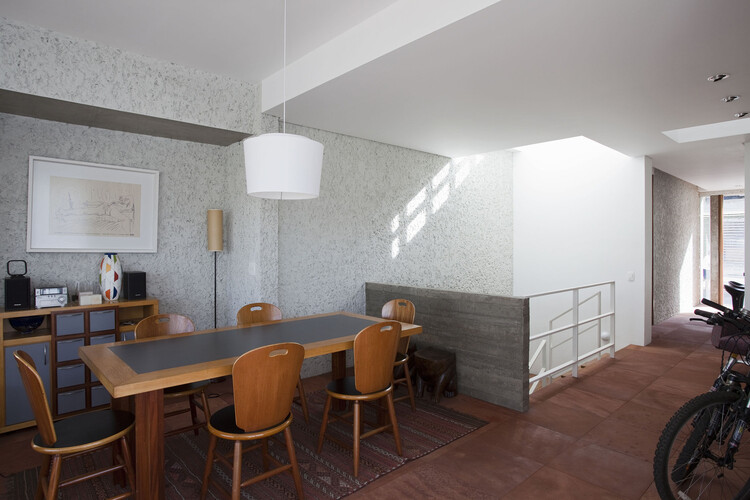
The study of rocks allows us to understand the formation of our earth. Its types, the formed designs, the layers, all reveal the story. Along with the atmosphere and the hydrosphere, the lithosphere is one of the great pieces of the earth system, supporting the biosphere. This outermost solid layer of the planet is made up of rocks and soils; as for rocks, there are several ways to classify them. The most common is to separate them according to their formation processes, such as igneous, sedimentary, or metamorphic. While sedimentary rocks constitute about 5% of the earth's crust, the remaining 95% are igneous or metamorphic rocks.
Because of their durability and strength, along with their varied designs and colors, stones have been used as building and cladding materials for hundreds of years. For floors, stone remains a noble and elegant option, which in addition to having high thermal inertia and structural stability, has a pleasant texture to the touch.
Igneous rocks

Igneous or magmatic rocks originate from the solidification of magma and create highly resistant geological formations with a high level of hardness. For floors, the most commonly used are granite and basalt:
Granite

When magma cools down at depth, it gives rise to so-called plutonic or intrusive rocks, such as granite. Granite is composed primarily of quartz, mica, and feldspar minerals, though it may include other minerals as well. According to the location of the rock on the globe, its colors may differ. As a floor material, it absorbs little water and permits the construction of large-scale pieces floor pieces, which can be polished or left textured.
Basalt

Basalt is a product of the partial fusion of the terrestrial upper mantle, a material originating from extensive lava flows. It is a hotter magma with less silica than granite, which makes it more fluid, allowing it to rise more easily to the Earth's surface. When this magma comes into contact with atmospheric pressure and temperature conditions, it cools more quickly, developing a homogeneous texture and generally a darker color. For floors, it is a very durable option for indoor and outdoor environments.
Sedimentary rocks

Sedimentary rocks are formed by the joining of debris—called sediments—from the fragmentation of other rocks. This occurs under relatively low temperatures and pressures, precipitated by the breakdown of pre-existing rocks followed by the transport and deposition of the debris—or, less commonly, by chemical accumulation. These rocks are typically porous and permeable. For floors, sandstone and limestone are the most commonly used rocks:
Sandstone

Sandstone results from the deposition of sand, which, after a process of compaction and cementation, transforms into rocks. The colors of sandstone, therefore, vary between yellow and reddish. The surface is very rough, which makes it non-slip and athermic, and it is often used outdoors.
Limestone

Limestones are sedimentary rocks formed by the accumulation of microorganisms (mainly cyanobacteria), mainly in ancient marine environments. On floors, limestone has a silkier texture, and colors that vary from gray to pink and blue. It is mostly used in outdoor areas.
Metamorphic rocks

Metamorphism is a process that involves changes in the mineralogical composition, texture, and structure of a rock, occurring predominantly in the solid state. Metamorphic rocks arise from the transformation of sedimentary or igneous rocks through physical-chemical processes due to humidity, temperature, or pressure inside the lithosphere. For use on floors, traditionally used rocks include quartzite and marble:
Quartzite

Usually white or gray in color, quartzite is composed almost entirely of quartz, formed when quartz-rich sandstones are subjected to an increase in pressure and temperature. It is an extremely hard and waterproof stone.
Marble

Marble is formed when limestone is subjected to higher pressure and temperature conditions, and is mainly composed of calcite and/or dolomite. Marble flooring is a very elegant option. But because it is more permeable than granite, it can easily end up staining and wearing out in high-traffic locations.
Slate

Slate is created from clay under high pressure and temperature, and is formed in thin, highly resistant lamellae. Its appearance is quite homogeneous, ranging in shades from gray to black, with some greenish tones. For outdoor floors it must be used with care, as it can become slippery and because it retains more heat than pale rocks. Another important issue to keep in mind when working with the material is that it chips more easily than other stones.
See some more examples of stone floors, indoors and outdoors, in this My ArchDaily folder.
Source of information










